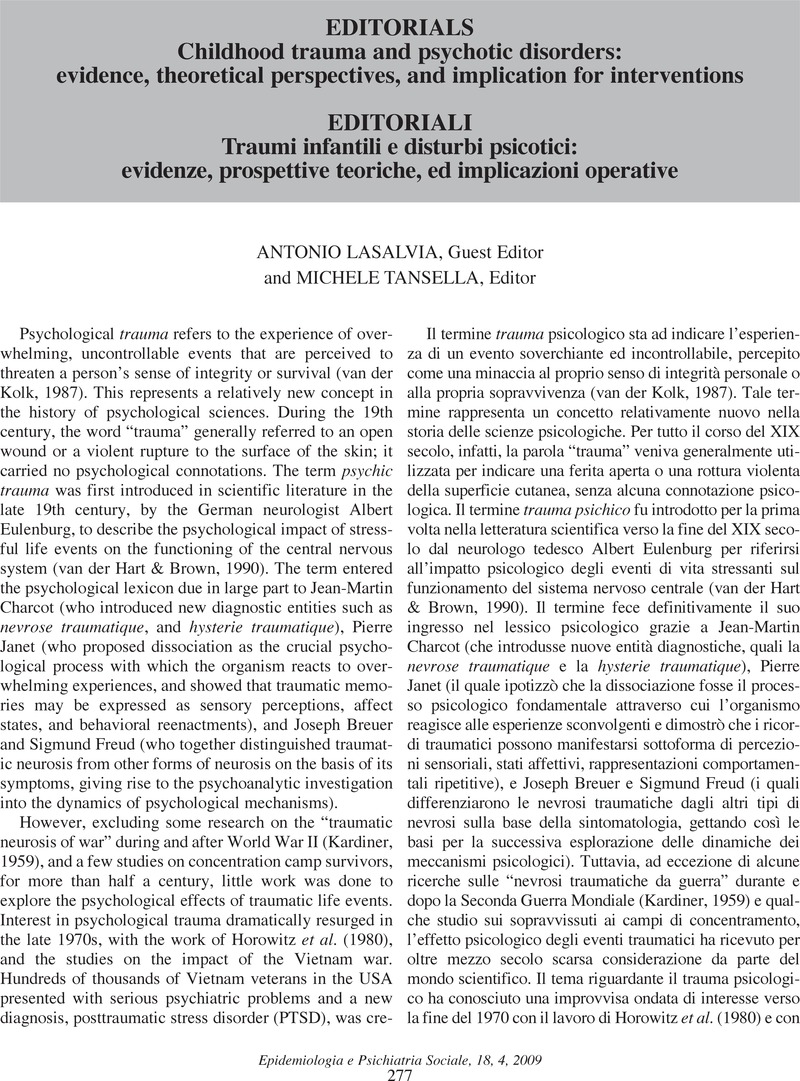Crossref Citations
This article has been cited by the following publications. This list is generated based on data provided by Crossref.
Bellani, M.
Fornasari, L.
Chittaro, L.
and
Brambilla, P.
2011.
Virtual reality in autism: state of the art.
Epidemiology and Psychiatric Sciences,
Vol. 20,
Issue. 3,
p.
235.
Ruggeri, M.
and
Tansella, M.
2011.
New perspectives in the psychotherapy of psychoses at onset: evidence, effectiveness, flexibility, and fidelity.
Epidemiology and Psychiatric Sciences,
Vol. 20,
Issue. 2,
p.
107.
Bozgeyikli, Lal
Raij, Andrew
Katkoori, Srinivas
and
Alqasemi, Redwan
2018.
A Survey on Virtual Reality for Individuals with Autism Spectrum Disorder: Design Considerations.
IEEE Transactions on Learning Technologies,
Vol. 11,
Issue. 2,
p.
133.
Piyus, Ceethal
Bhardwaj, Rahul
and
Balasubramanian, Venkatesh
2021.
Ergonomics for Improved Productivity.
p.
623.
Hutson, James
2022.
Social Virtual Reality: Neurodivergence and Inclusivity in the Metaverse.
Societies,
Vol. 12,
Issue. 4,
p.
102.





